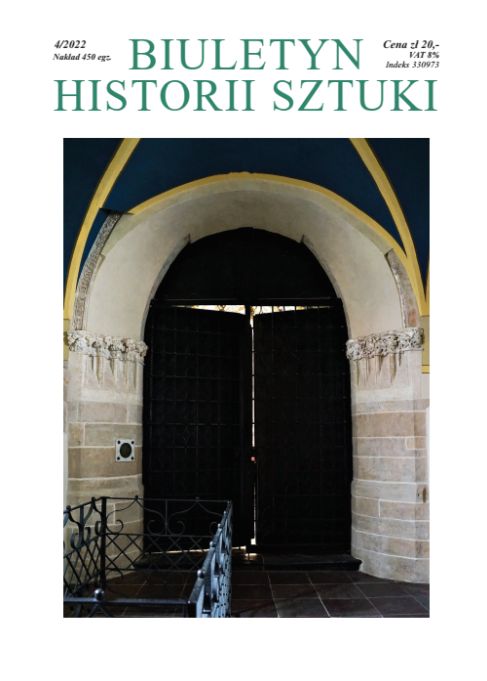Egzekwie za królową Marię Józefę Habsburg i ich artystyczna oprawa
The Exequies for Qeen Maria Josepha of Austria and Their Artistic Settings
Author(s): Hanna Osiecka-SamsonowiczSubject(s): Architecture, Visual Arts, History of Art
Published by: Instytut Sztuki Polskiej Akademii Nauk
Keywords: Maria Josepha of Austria; Johann Friedrich Knöbel; Simon Gottlieb Zug; Gaetano Chiaveri; Jean Berain the Elder; Saxon Chapel in Warsaw;
Summary/Abstract: The article discusses the exequies organised in the Commonwealth of Poland and Lithuania to commemorate the queen consort of Augustus III Wettin, Maria Josepha of Austria, who died inDresden in 1757, with special focus on their artistic setting. The most imposing celebration, documented by an ample, until now mostly unpublished iconographic material, took place on 14January 1758 in the Saxon Chapel in Warsaw. Seven drawings held in the Sächsisches Hauptstaatsarchiv in Dresden record the preparatory and the implemented versions of the chapels decoration. Their author was most probably Johann Friedrich Knöbel, whose designs for the queen's castrum doloris were inspired by the Roman tradition of catafalques on the molina davento ground plan as designed by Gian Lorenzo Bernini, as well as by the funerary arrangements by Jean Berain the Elder and Gaetano Chiaveri. In designing the funerary decoration for the chapel, Knöbel may have cooperated with the young Simon Gottlieb Zug. The fact that the exequies Queen Maria Josepha continued until the year 1764 attests to the respect which her subjects had for this last crowned Queen of Poland, whom historiographers unjustly seem to neglect.
Journal: Biuletyn Historii Sztuki
- Issue Year: 84/2022
- Issue No: 4
- Page Range: 765-816
- Page Count: 52
- Language: Polish

